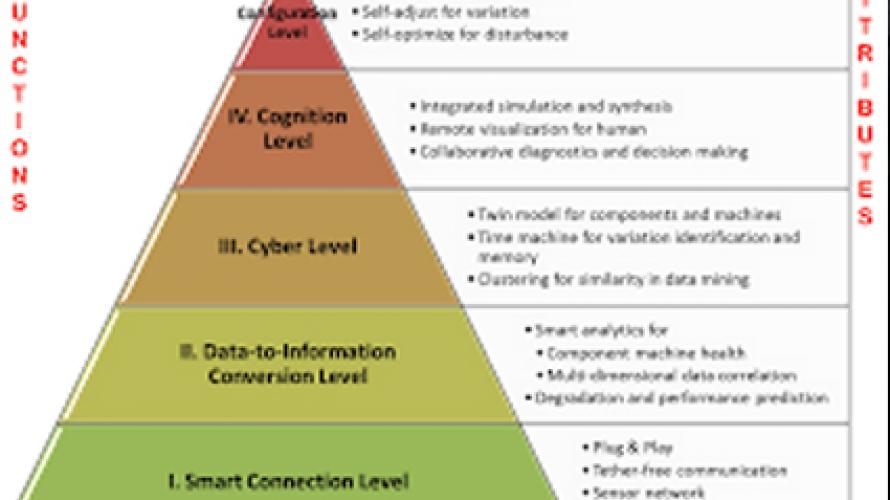
What is the study about?
Easy to use and accurate tools for predicting long-term functional prognosis are needed for patients of traumatic brain injury (TBI) and their families. This study aims to build a practical decision tree using a collection of clinical variables to predict Glasgow Outcome Scale (GOS) levels at 1, 2, and 5 years after moderate to severe closed TBI.
What did the study find?
In both the development and validation datasets, the final decision trees demonstrated reasonable predictability in terms of long-term functional prognosis for TBI patients. Using this approach, how long someone was disoriented and unable to carry over new memories was the most critical factor for determining outcome as measured on the GOS. Age, pre-injury educational level, productivity and occupation also contributed to the outcome. Further research is needed to validate these findings in other TBI patient groups.
Who participated in the study?
Enrollment took place at seventeen different TBIMS inpatient rehabilitation facilities. All participants in the study were enrolled in the National Institute on Disability, Independent Living, and Rehabilitation Research funded TBIMS National Database and had sustained non-penetrating TBI injuries between 1997 through 2017. There were different sample sizes for each of the three time-point studied: 10,125 (year 1), 8,821 (year 2), and 6,165 (year 5).
How was the study conducted?
To develop the tool, researchers carefully selected independent variables that had demonstrated predictive value in past research and were readily accessible to clinicians. Predictive models were then built using a special classification tree method.
Reference
Walker, W. C., Stromberg, K. A., Marwitz, J. H., Sima, A. P., Agyemang, A. A., Graham, K. M., . . . Merchant, R. (2018). Predicting Long-Term Global Outcome after Traumatic Brain Injury: Development of a Practical Prognostic Tool Using the Traumatic Brain Injury Model Systems National Database. Journal of Neurotrauma. doi:10.1089/neu.2017.5359.